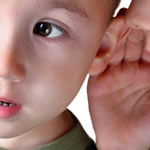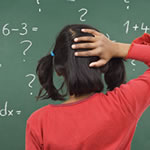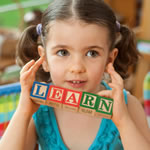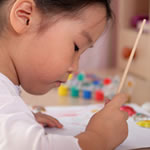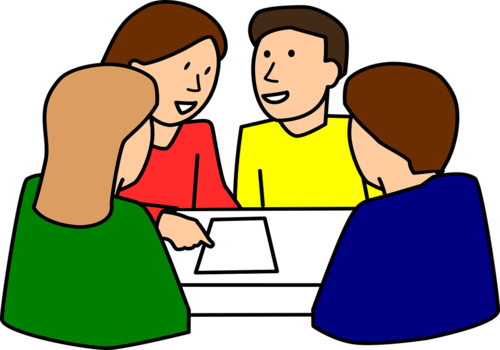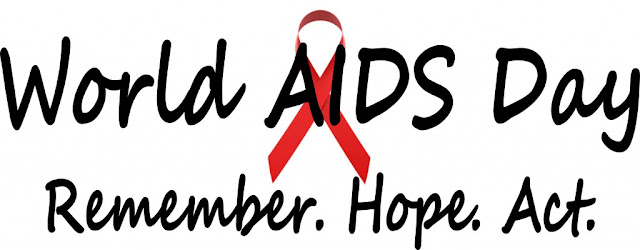
The biggest challenge any teacher faces is capturing the students’ attention, and putting across ideas in such a way that it stays with them long after they have left the classroom. For this to happen, classroom experience should be redefined and innovative ideas that make teaching methods more effective should be implemented.
So here are some innovative ideas that will help teachers reinvent their teaching methods and make their classes interesting.
1. Creative Teaching
Take the help of creative tools to stimulate creativity. Include playful games or forms of visual exercises that will excite the young minds and capture their interest. This is a time tested method to identify young student’s creative abilities and encourage creative contributions. Bring aspects of creativity into all your subjects, be it mathematics, science, or history. Think of ways to develop their creative ideas. Encourage different ideas, give them freedom to explore
2. Audio & Video Tools
Incorporate audio-visual materials in your sessions. Supplement textbooks with models, filmstrips, movies and pictorial material. Use info graphics or other mind mapping and brain mapping tools that will help their imagination thrive and grow. These methods will not only develop their ability to listen, but will also help them understand the concepts better. For example, you can get some oral history materials, conduct live online discussions or playback recordings of public lectures. There are a lot of smart apps for preschoolers that you can utilize to create awesome slideshows or presentations
3. “Real-World” Learning
Link your lessons to real world learning. Infusing real world experiences into your instructions will make teaching moments fresh and enrich classroom learning. Relating and demonstrating through real life situations, will make the material easy to understand and easy to learn. It will spark their interest and get the children excited and involved. You can make use of smart apps for preschoolers to make these sessions all the more interesting
4. Brainstorm
Make time for brainstorming sessions into your classrooms. These sessions are a great way to get the creative juices flowing. When you have multiple brains focusing on one single idea, you are sure to get numerous ideas and will also involve everyone into the discussion. These sessions will be a great platform for students to voice their thoughts without having to worry about right or wrong. Set some ground rules before you start. You can go for simple brainstorming or group brainstorming or paired brainstorming
5. Classes Outside the Classroom
Some lessons are best learnt, when they are taught outside of the classroom. Organize field trips that are relevant to the lessons or just simply take students for a walk outside of the classroom. The children will find this fresh and exciting and will learn and remember the things taught faster. Role playing is most effective for students of almost any age group. You just need to customize depending on the age group. You can even use this method for teaching preschoolers; just make sure you keep it simple enough to capture their limited attention span
6. Role Play
Teaching through role play is a great way to make children step out of their comfort zone and develop their interpersonal skills. This method comes in handy, especially when you are teaching literature, history or current events. The role playing approach will help the student understand how the academic material will be relevant to his everyday tasks
7. Storyboard Teaching
Rudyard Kipling rightly said “If history were taught in the form of stories, it would never be forgotten.” Storyboarding is a great way to teach any subject which requires step-by-step memorization or visualization highly-conceptual ideas. History teachers can use a storyboard to recreate a famous event. Such visually stimulating activity will ensure that even complex ideas are easily put across to students. You can also encourage the use of storyboards as a form of communication and let the students tell a story in pictures using their imagination
8. Stimulating Classroom Environment
A classroom environment that is well-decorated, fun, and engaging will help stimulate a student’s mind and will help think and learn better. Children, especially young ones cannot be expected to sit all day and learn. Such creative and stimulating environment will help them explore and will encourage them to learn about the subject. An environment that positively impacts the children is beneficial for the teacher as well. Schools associated with Early Years Foundation Stage(EYFS)will vouch for the fact that the learning environment has a prime role in learning and development
9. Welcome New Ideas
An open- minded attitude can help you innovating new teaching methods. Though open- minded, sometimes most of us show reluctance to new ideas. If you’re a teacher never do this, always try to accept new ideas even if it looks like strange at the beginning.
10. Think About A New Hobby
Sometimes, hectic workload may affect your engagement in teaching .If it happens to you, it’s natural. You can take a break for couple of hours and engage in some other activity that you’re interested in. This will rejuvenate you and you can return to your work with more passion and interest.
11. Work Together As a Team
As everyone knows, the end result of collaborative efforts is always immense. Think about spending some quality time with your colleagues. Ask them to share their views on improving teaching methods, you can see many of them come up with interesting strategies. So, collaborate and introduce innovative teaching methods.
12. Puzzles and Games
Learning is fun where puzzles and games are part of education. Children may not feel they’re learning when their lessons are introduced through games. Puzzles and games help children to think creatively and face challenges.
13. Start School Clubs or Groups
What about starting an after school club or group? Being a teacher you may not get enough time to work on interesting topics that you are passionate about. You can share your views and learn more from others when you have school clubs or groups.
14. Refer Books On Creativity
To be a creative teacher, you need to do some research on creative ideas and techniques. There are a lot of books on creativity. Choose some of the best works and start learning, it will be helpful for your professional development as well.
15. Love What You Do
You can give your best only if you truly love what you do. You will be more creative and inspired when you are not stressed. Loving your work keep you relaxed and give you room to experiment new ideas.
16. Introduce Lessons Like a Story
Just think, why do you watch movies with much interest? You like to watch movies because there is always an interesting story to keep you engaged. Like that, learning sessions become more interesting when you introduce it like a story. If you are creative even math lessons can be related to interesting stories.
With even the Knowledge and Human Development Authority (KHDA ) emphasizing on schools to take measures for improving the quality of teaching and learning, these innovative ideas are sure to make teaching methods more effective.
Courtesy:
For more details:
http://www.edsys.in/16-innovative-ideas-make-teaching-methods-effective/

